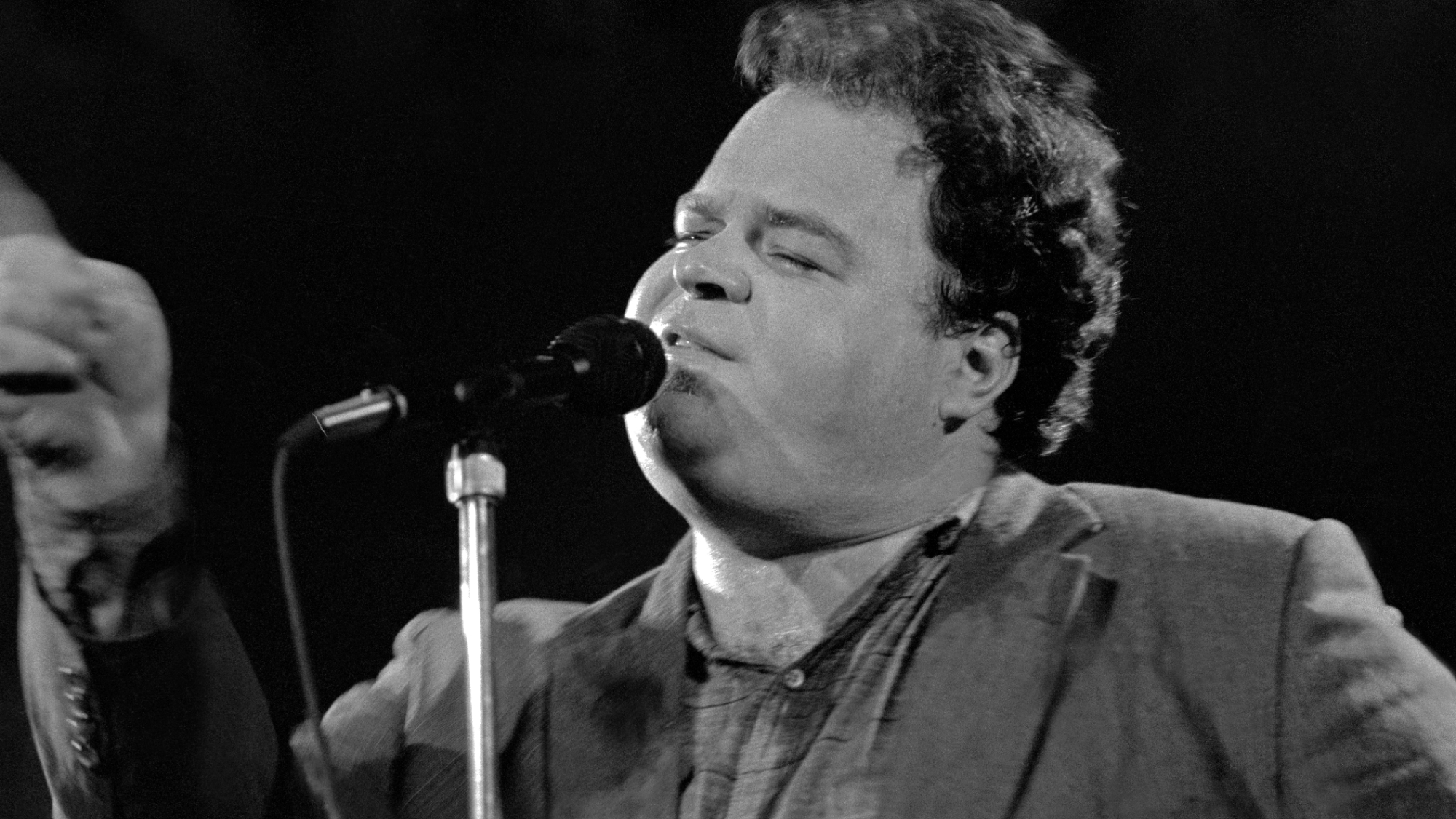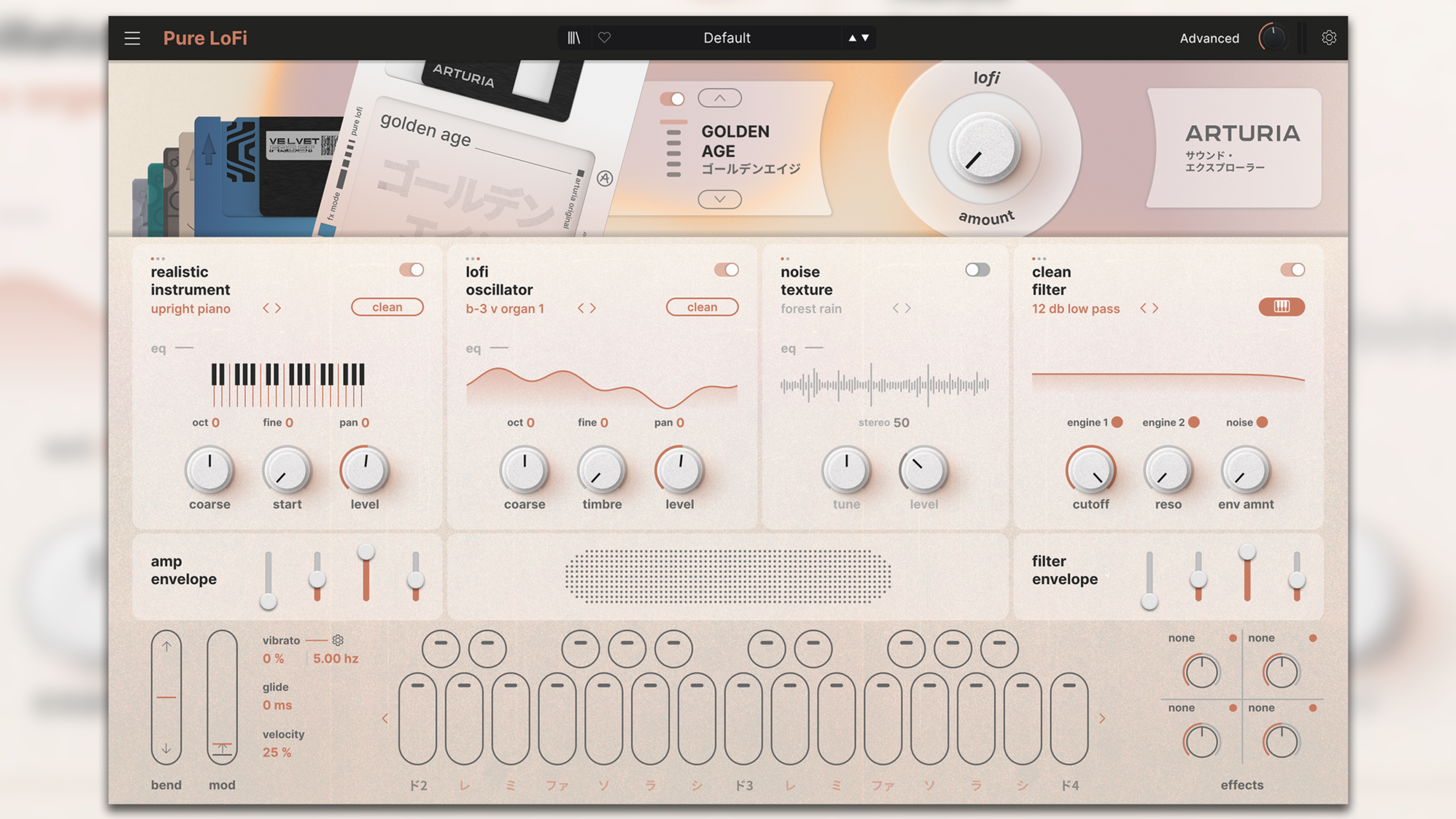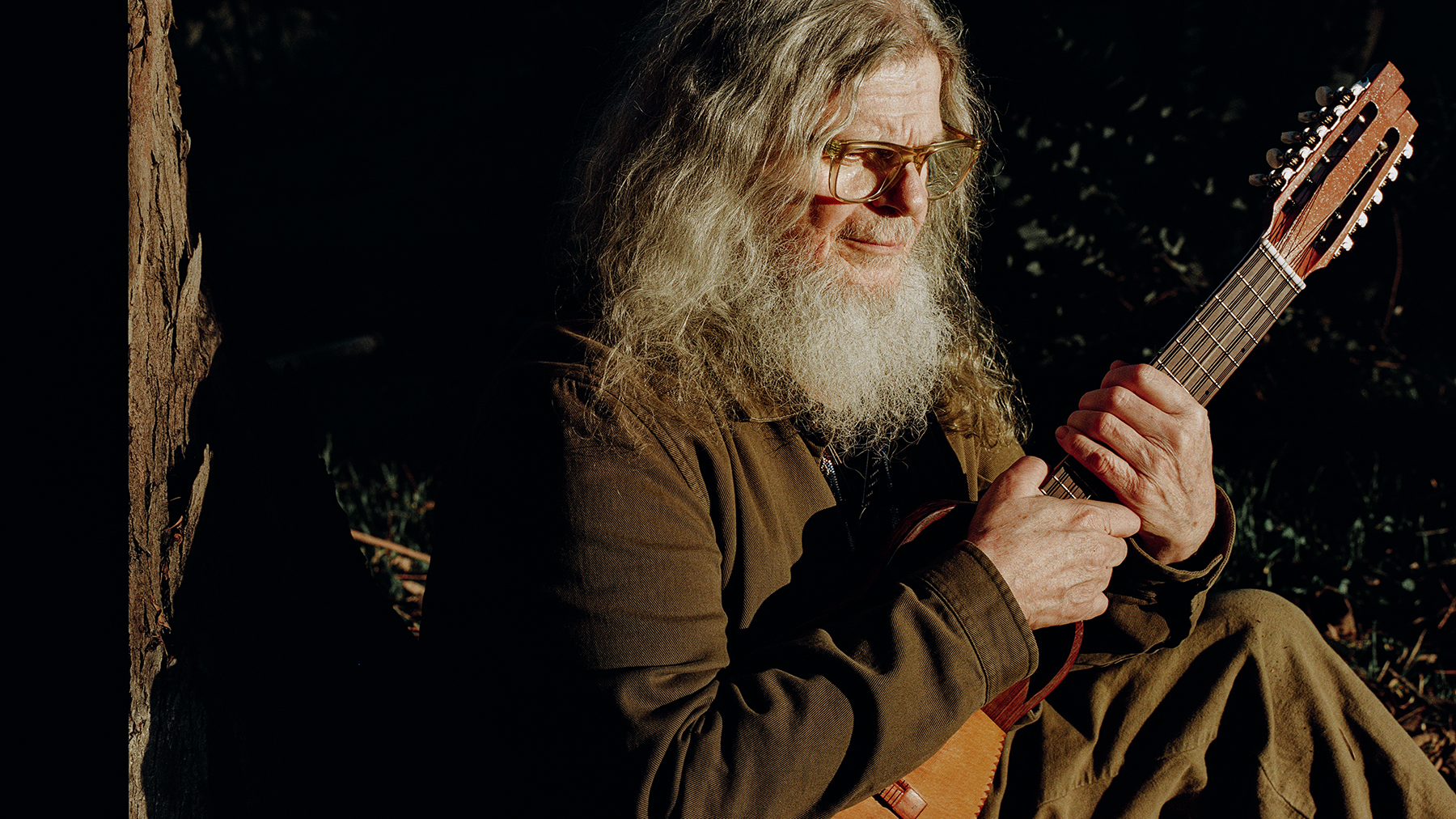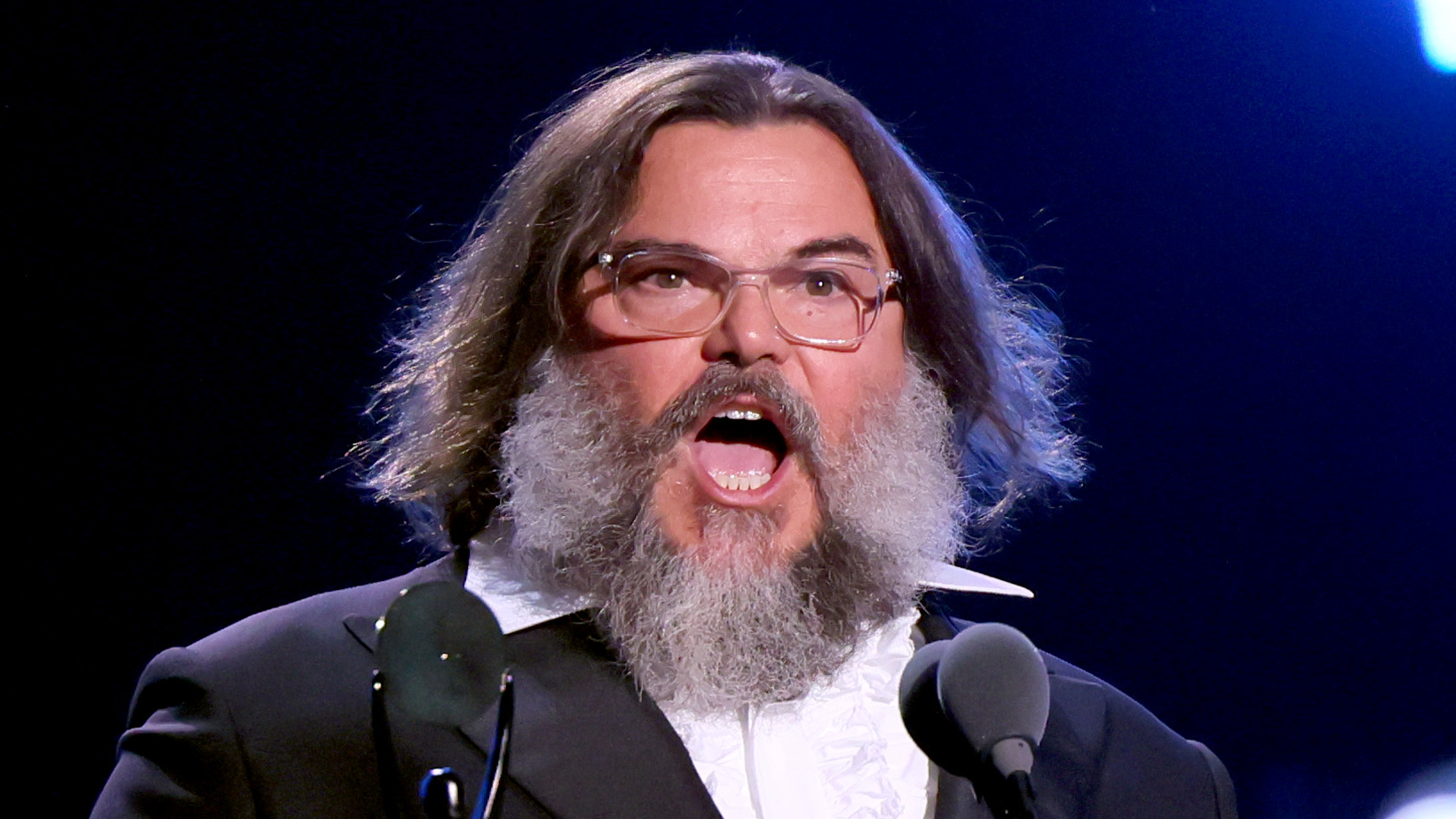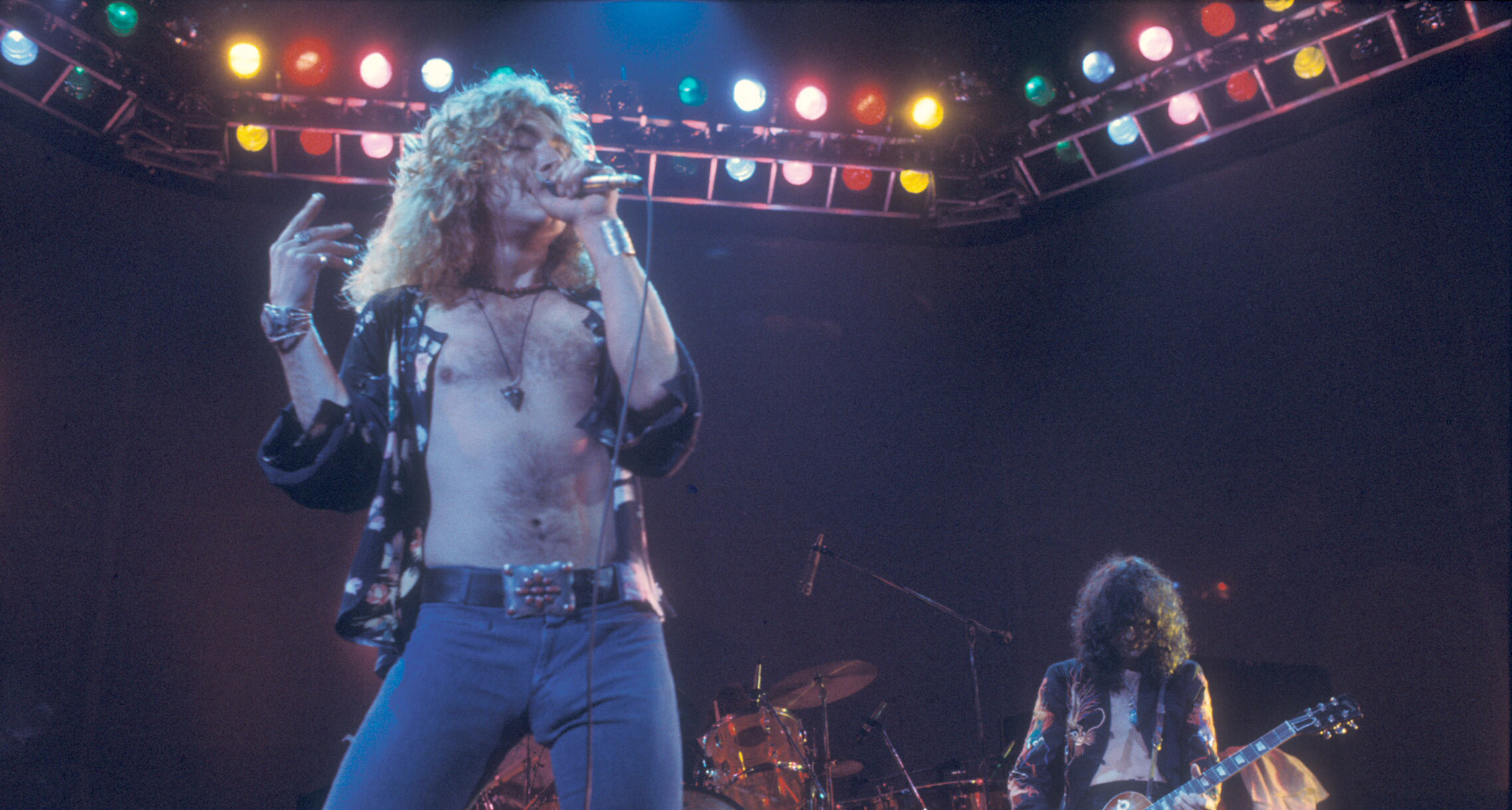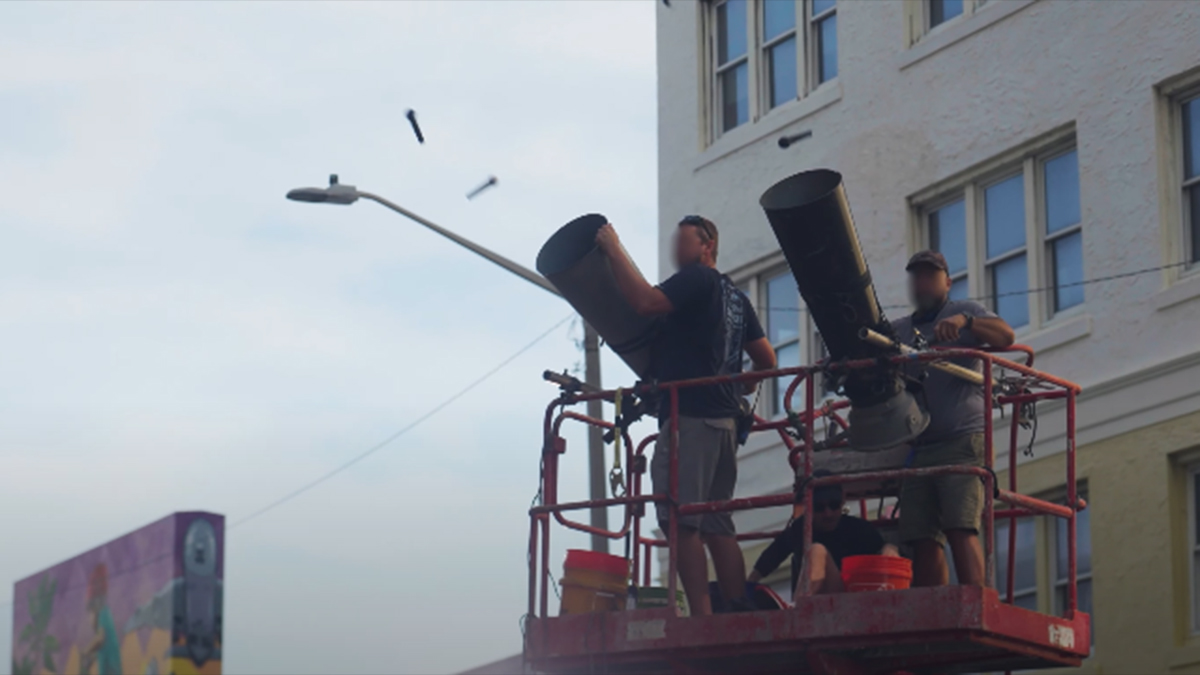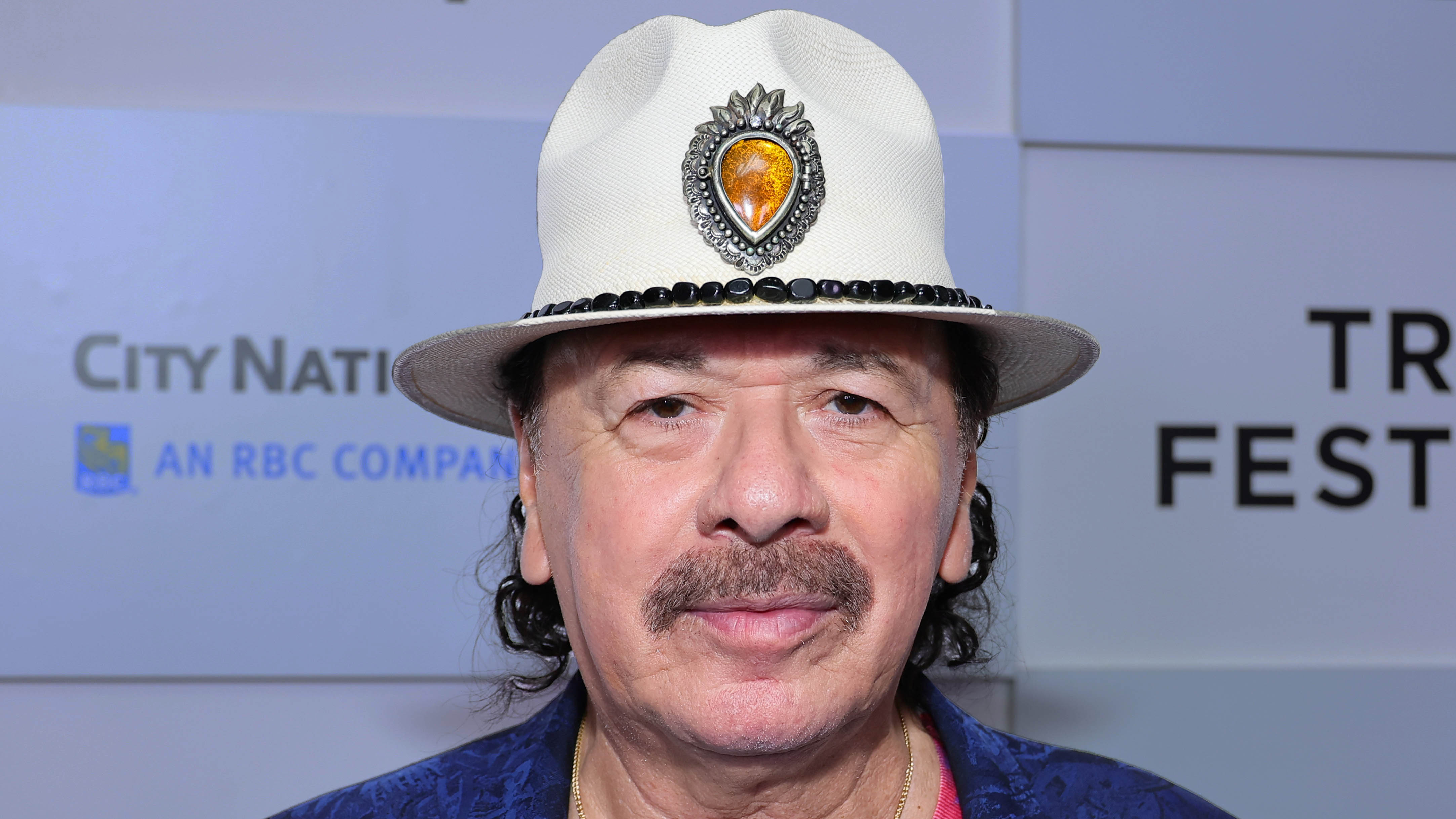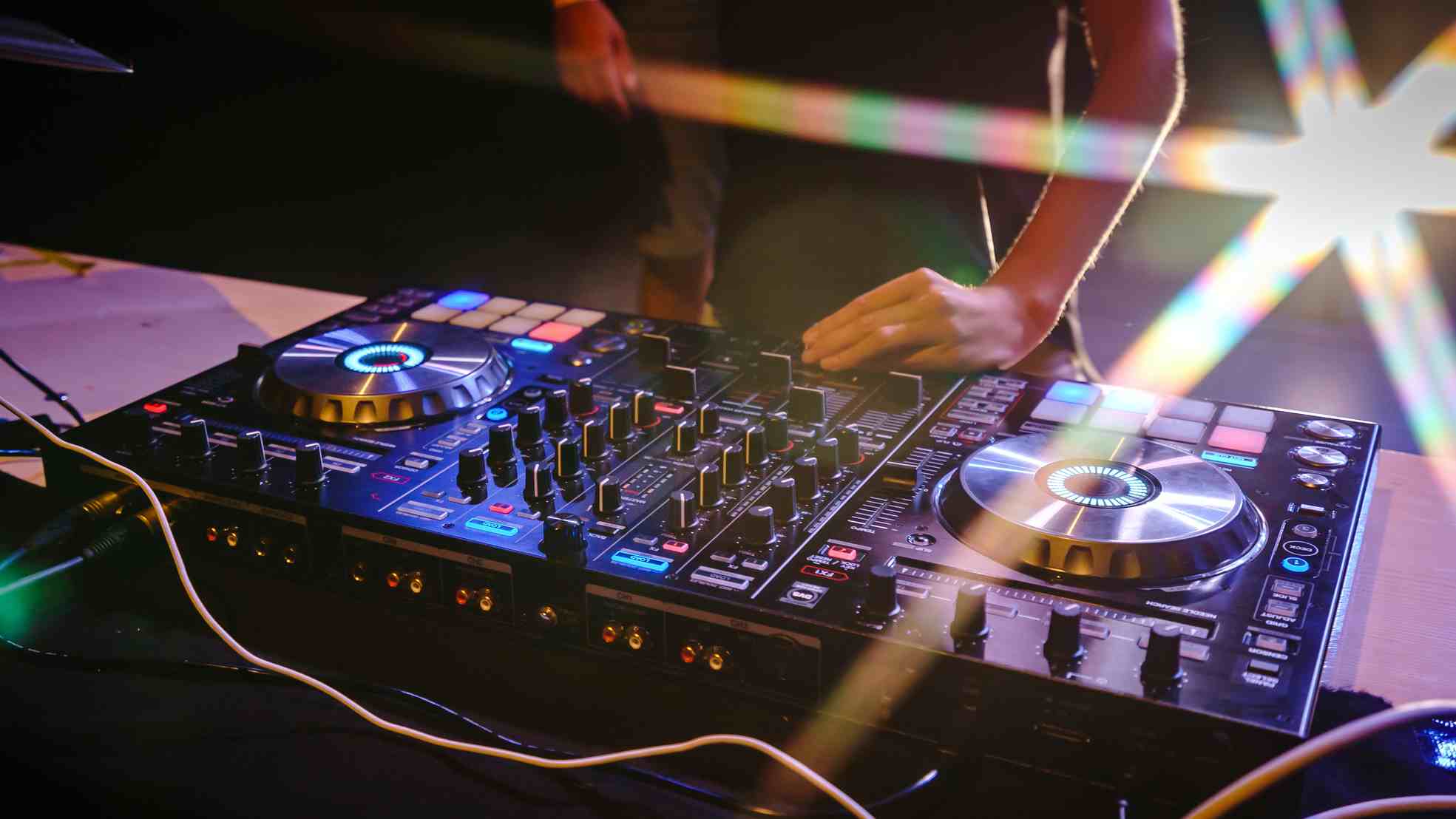“That's when the phone lines all over the world collapsed… The moment came when people fully understood what this was for”: The creation of The Cars’ song Drive and how it soundtracked a humanitarian catastrophe
Best of 2024: “The lyrics don't have to mean anything in an intellectual sense. They're endlessly interpretive. They just have to make an emotional sense”
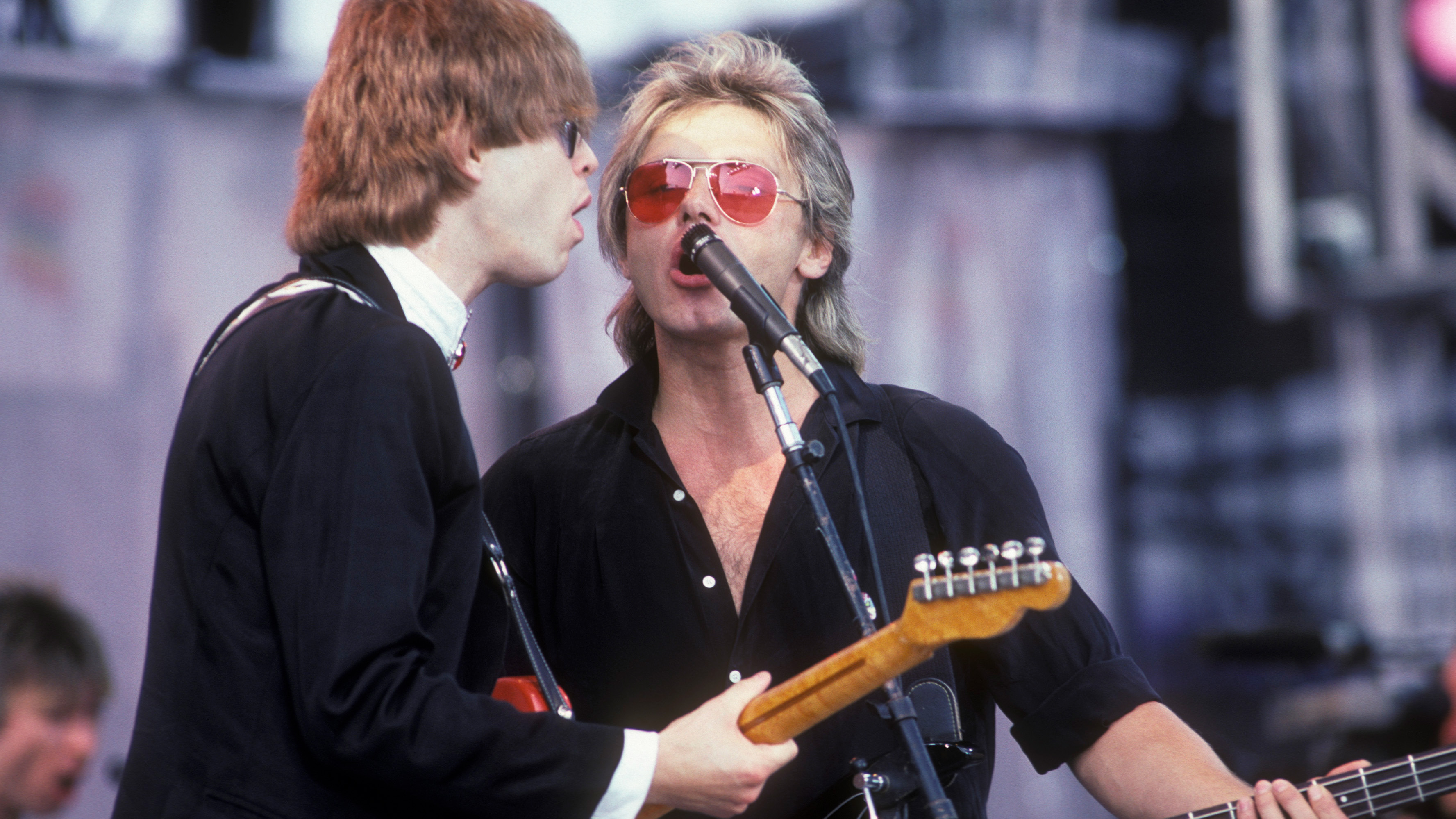
Join us for our traditional look back at the news and features that floated your boat this year.
Best of 2024: There is a defining moment in the BBC TV coverage of Live Aid on 13 July, 1985, when the whole humanitarian purpose of the global star-studded benefit concert is brought into stark and harrowing perspective.
At just before 8pm, straight after David Bowie and his hastily-assembled backing band wind up a rousing performance of Heroes, Bowie returns to the microphone to make an announcement. “Lest we forget why we’re here,” he begins, “I’d like to introduce a video made by CBC [Canadian Broadcasting Corporation] Television. The subject speaks for itself. Please send your money in.”
What follows is a film compiled by CBC from newsreel footage of the Ethiopian famine, documenting horrifically malnourished and dying Ethiopian babies and children, which was broadcast on TV across the globe and on giant screens at Wembley Stadium and JFK stadium in Philadelphia. Bowie had been shown the film by Bob Geldof earlier that day. It had reduced both of them to tears and in that instant Bowie told Geldof he would drop one of the songs he was due to perform in exchange for the film being aired
In the BBC TV studio, as the devastating montage ends, coverage cuts back to the studio where Billy Connolly is also in tears. “It’s pictures like that that started this whole thing off,” says clearly shaken presenter David Hepworth, “and there’s not really much you can say after seeing those… it makes music seem rather minor.”
But the emotional impact of the footage within the film is heightened by the song that serves as its soundtrack; Drive by The Cars. It’s a haunting, atmospheric ballad that would become synonymous with the narrative of the CBC film. Forty years on from its original 1984 release, Drive remains an emotionally powerful song, as haunting and atmospheric as the day it was released.

Few bands evoked the phrase ‘new wave’ in the US market of the early '80s quite as successfully as The Cars, a five-piece from Boston who blended synth-pop with the minimalism of punk and the melodic sensibilities of power pop. Formed in 1976, they scored a string of hit singles in the late '70s and early '80s, undertaking sell-out arena tours and racking up heavy rotation on MTV.
The nucleus of the band was Rick Ocasek (vocals/guitar) from Baltimore and Ben Orr (vocals/bass) from Cleveland. They began writing songs and forming bands in the early 1970s. The duo later drafted in keyboardist Greg Hawkes, guitarist Elliot Easton and drummer David Robinson, who was a former member of The Modern Lovers.
Get the MusicRadar Newsletter
Want all the hottest music and gear news, reviews, deals, features and more, direct to your inbox? Sign up here.
Despite their mass appeal, The Cars had an edge, drawing inspiration from artists such as Suicide and the Velvet Underground. The Cars spent much of early 1977 playing throughout New England, honing the songs that would appear on their eponymous 1978 debut album.
These included Just What I Needed, a pumping 4/4 hook-laden track that was soon racking up heavy airplay on Boston stations such as WBCN and WCOZ. The band signed with Elektra Records and released their breakout hit Just What I Needed. Their eponymous debut album was released in June 1978, reaching No. 18 on the Billboard 200 chart, and yielding other singles such as My Best Friend’s Girl, which reached No. 3 in the UK.
The band's second album, Candy-O eclipsed the success of their first and they took a creative left-turn on their third album Panorama, which Rolling Stone bluntly declared was "an out-and-out drag". Fourth album Shake It Up in 1981 was a commercial and creative return to form and it quickly went platinum. After their 1982 tour, the Cars took a two-year break for band members to work on solo projects.
They reconvened in 1984 with renewed vigour for their fifth album Heartbeat City. This would be their most successful album. It was the record that produced the hit singles, Magic, Hello Again and Why Can’t I Have You. It also yielded the most successful single of their career, the haunting, atmospheric ballad, Drive.
While Ocasek was lead vocalist on most of The Cars’ material, he showed real insight by selecting the band’s bassist Benjamin Orr to sing it
Drive was written by the late Ric Ocasek and was distinctly different from the type of songs he usually penned for the band, which were strident, biting and riddled with irony. Unlike Heartbreak City’s thumping 4/4 hit singles You Might Think and Magic, Drive was a ballad. And while Ocasek was lead vocalist on most of The Cars’ material, he showed real insight by selecting the band’s bassist, the late Benjamin Orr to sing it.
It was a wise choice. Orr had sung the band’s previous hits Just What I Needed and Let’s Go. There is a lonely aching quality to Orr’s voice, which captivated listeners.
Lyrically, the song is written from the perspective of one person watching another fall apart. Ocasek presents the lyrics as a series of questions, which build in intensity: “Who’s gonna pick you up when you fall?”; “Who’s gonna pay attention to your dreams?” and the chorus “Who's gonna drive you home?”
There’s a plaintive tone to Benjamin Orr’s vocal delivery. It’s emotive yet underplayed, which enhances the poignancy. Multi-layered synths provide the lush, hook-laden instrumental backing while programmed drums serve as the song’s warm rhythmic backbone.
Opinions vary on exactly which synths were used on the recording of Drive although judging by the onstage set-up at the time it seems likely they include Roland Jupiter-8, a Synclaviar and a Yamaha DX7. What is noticeable is that, unlike the often garish synth sounds pervading mid-'80s pop, the synth sounds here are tastefully understated.
In that MTV-dominated era, video was king when it came to propelling songs up the charts. The video for Drive was directed by 23-year-old Timothy Hutton, who had won the Oscar for Best Supporting Actor for his role in the movie Ordinary People. Hutton had aspirations to direct and happened to be invited over to hear the album by his neighbour, Elliot Roberts, the band’s manager.
"He had some people in the neighbourhood over to listen to a new album they had coming out, sort of a record-listening party,” Hutton recalled during a Q&A for the SAG-AFTRA Foundation held in May 2019, and reported on in Variety magazine. “Then he asked everybody what we all thought might be the hit. I said I thought the ballad, Drive, was really a special song. And that was it."
The following day, Roberts put Hutton in touch with Ocasek: "I got on the phone with him,” recalled Hutton, “and he just said, 'So you like that song, huh?' And I said, 'Yeah’. He said, ‘You want to direct the video?’ And that's how it happened. It was so much fun."
Hutton cast the Czechoslovakian model Paulina Porizkova as the female lead in the clip and she and Ocasek would end up marrying in 1989. It’s an impactful, atmospheric video with a dream-like quality , which helped the song soar to No. 3 in the US and No. 4 in the UK in the summer of 1984.
One year later, Drive attained a whole new depth of meaning and relevance when it was used by CBC TV for the film depicting the horrors of the Ethiopian famine, the humanitarian disaster which had galvanised Bob Geldof into organising Live Aid.
The Cars performed the song during their set that day, at JFK Stadium in Philadelphia. But it was its use as the soundtrack for CBC’s film on the giant screens at Wembley and JFK Stadium and on the TV screens of the 1.5 billion audience across the globe that marked the turn-around moment. After that transmission, more money was pledged than at any other time during the concert.
In an interview with Absolute Radio in July 2020 on the 35th anniversary of Live Aid, Bob Geldof spoke of the song and its use as a soundtrack for the film edited together in the Ethiopian capital Addis Ababa one evening by CBC videotape editor Colin Dean and sent to Geldof by the CBC journalist Brian Stewart. The film was assembled while listening to The Cars’ song Drive on a Sony Walkman.
“It was only when he'd finished the edit that he realised that he'd cut this film to the beat and indeed the lyrics of the song, which he hadn't really been thinking about,” said Geldof. “And when he saw what he'd done, he sent it to me and I showed it to David [Bowie]. It's the power of this little minor art form that we're all engaged in, that the lyrics don't have to mean anything in an intellectual sense. They're endlessly interpretive. They just have to make an emotional sense… ‘Who's gonna pick you up when you fall down?’”
After that transmission, more money was pledged than at any other time during the concert
After that transmission, said Geldof, more money was pledged than at any other time during the concert. “And that's when the phone lines all over the world collapsed… It's that moment. I know in the Queen movie it shows you the phone's kicking off after Queen [at Live Aid]. That's Hollywood. The moment came when people fully understood what this was for.”
The use of Drive in this whole new context resulted in the track hurtling back up the UK charts in August 1985. To their immense credit, The Cars donated the proceeds from the re-release to the Band Aid trust, with Ocasek personally presenting a cheque for £160,000 to charity trustee Midge Ure in 1986.
It's part of a special legacy the Cars leave behind – sadly Ocasek passed away in 2019, preceded by Orr in 2000. Like all the best songs, Drive endures because it has a timeless emotional connection. Lyrically, it is broad enough to be open to interpretation, while melodically, it is ever-powerful and poignant. Ultimately though, the song is imbued with hope, humanity and pathos.
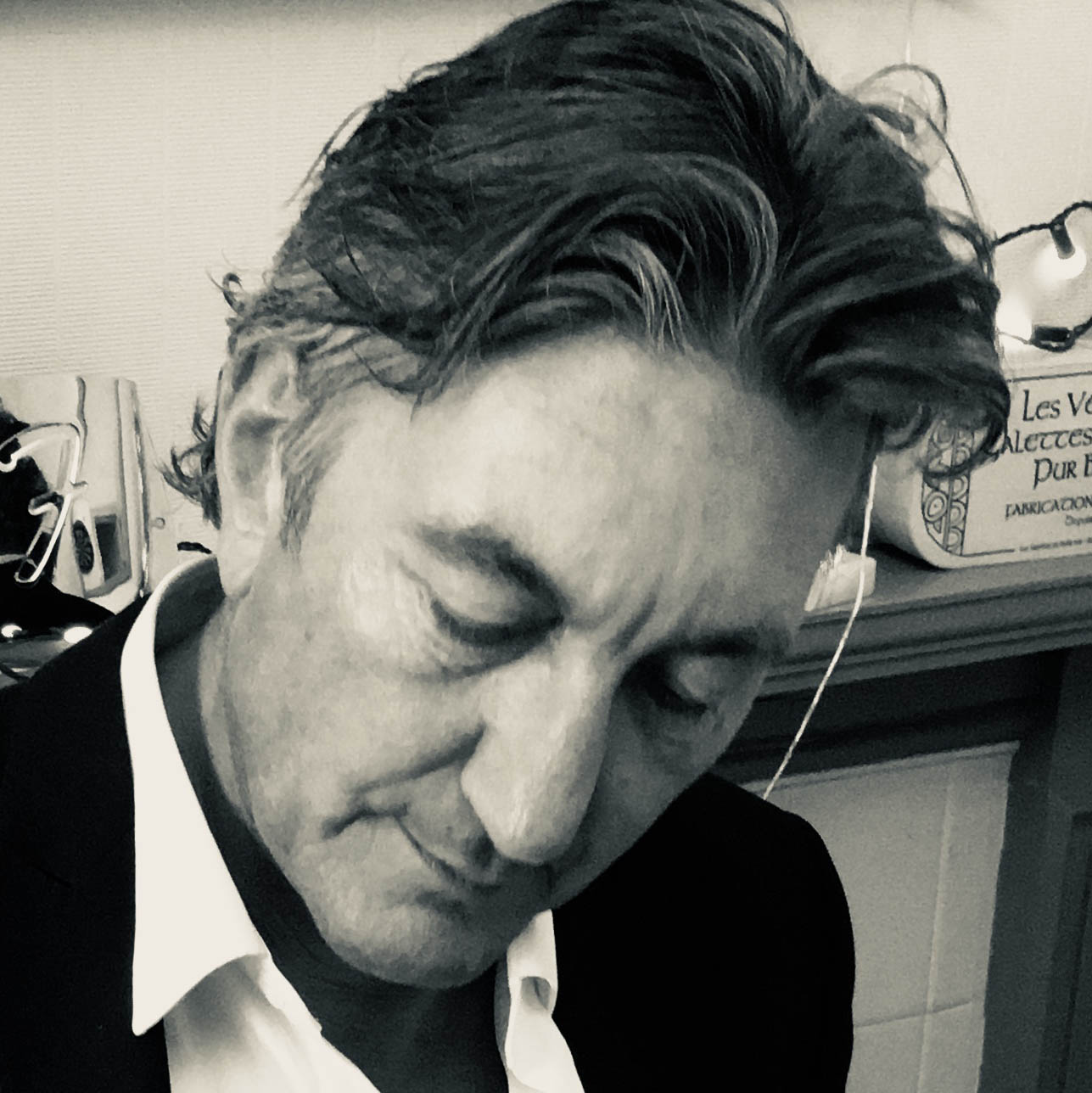
Neil Crossley is a freelance writer and editor whose work has appeared in publications such as The Guardian, The Times, The Independent and the FT. Neil is also a singer-songwriter, fronts the band Furlined and was a member of International Blue, a ‘pop croon collaboration’ produced by Tony Visconti.
“The most musical, unique and dynamic distortion effects I’ve ever used”: Linkin Park reveal the secret weapon behind their From Zero guitar tone – and it was designed by former Poison guitarist Blues Saraceno’s dad
Carlos Santana collapses and then cancels second show “out of an abundance of caution”





